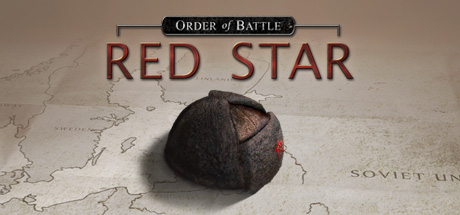Underwater Cities gives players the opportunity to terraform the last ‘habitable’ spaces on Earth by building cities and their supporting infrastructure under the waves. That’s the premise at least of Underwater Cities which is a hybrid tableau builder and worker placement game. In the game, 1-4 players build tunnels, cities and other building on their own player boards by taking one of the available action slots on the main game board. That sounds like a dozen other tableau builders out there but there are enough wrinkles and differences here, aside from the theme, which will keep this hitting the table for some time to come.
Gameplay
Each round of the game, every player will take three turns. A turn starts off being a simple affair in which you choose a card to play from your hand of three cards and an action slot on the mainboard. If the chosen card and action slot colours match, you can do the actions on both, if they don’t you’ll be limited to just performing the board space action. This provides a significant amount of difficult decisions (this is a big plus), right from the beginning of the game. |
| The mainboard |
Like most worker placement games when a board action slot has been taken no other player can take that action. The main game board is double-sided to accommodate 1-2 players and 3-4 on the other side. When playing with 3 or 4 players, there are 15 actions slots on the board, 5 each in yellow, red and green which correspond to the card colours. This means that a 3 player game will feel less congested than a 4-player game and your options to meddle, intentionally or not are limited. In a 4-player game, however, you’re constantly re-evaluating your decision as invariably the action slot you want to take has been, probably 3 times, before it’s your turn again…thankfully this will often happen sooner than you’re ready.
 |
| 2-player end game - player board |
Finding these synergistic combos isn’t that easy though. During your ‘downtime’ you’ll be scrambling to choose which cards to keep and which to get rid of at the beginning of your turn, choosing a card to play for your action – assuming the action slot is still available and trying to find the most optimum combo. I never had the chance to play with anyone that I hadn’t taught the game to, but I assume that experienced players will be able to do all this as well as minimise the remaining options to their opponents. That was not me though, I found the size of the iconography too small to see clearly in your opponents’ area.
 |
| 3-player middle game - mainboard |
There are a plethora of icons on your own player board to cover up as well, giving a specific bonus, which can – and often do permit additional actions to be taken. Which brings me onto another aspect of ‘tight’ worker placements that I enjoy. The Euro-gamers perennial struggle to ‘feed your people’. Not so much an issue in this game but overall resources are very tight. There are three production rounds separating the three eras of the game, after which you’ll feel like Croesus; this will be short-lived. However, I’ve nearly always found a way to do something worthwhile for my progress on my turn. I never felt like I was treading water (ba-dum tish), or as last player or out of the game.
| Inside the rule book |
Components
There is a traditional bewilderment of icons in this game however after the first round or two of my first I found them all to be intuitive and easy to follow without referring to the rulebook. There is also a fantastic Player Info card which details the cost of each build and what they produce and how to conduct Production rounds. However, as mentioned earlier when those icons are in your opponents' area across the table, their size makes it difficult to see what they are, but this can be levied against most tableau builders.| Good looking cards |
| A random assortment of bits |
Criticisms
Aside from my component criticisms, my quibbles with this game are all fairly minor and I can easily overlook them. The first is one of scalability. I have not tried this solo, but the 2 and 3 player game feel quite different from a 4 player game. I prefer the 4 player game, as long as you’re not teaching the rules, otherwise, it can drag on. This goes against the bgg consensus that suggests 2 players is the sweet spot.| After my initial sorting |
 |
| Much better, - still don't like those 3s |
Conclusion
With all that said, I do enjoy Underwater cities a lot. It gives players an array of decisions to be made and there are some really smart design choices that make this gameplay quick and it is definitely on the crunchier end of the spectrum. Discarding card(s) at the beginning of your turn makes so much sense. |
| 3 player end game - player board |
If you like thinking games and finding optimisation strategies with a minimal amount of player interaction then I can easily recommend this game.
I’d like to thank Asmodee for sending this review copy. Many local game stores will still have this in stock and you can use this link http://www.findyourgamestore.co.uk/ to support your FLGS or use their online shopping web store.
Publisher: Rio Grande Games
BGG Page: https://boardgamegeek.com/boardgame/247763/underwater-cities
Players: 1-4
Designer: Vladimír Suchý
Playing time: 2 hours +
































Follow Us